I started noticing “ghost windows” on many of Lviv’s older buildings. Originally, I thought they were windows that had at some point been bricked up. However, after researching, I discovered that in fact (at least in most cases) they are “blind windows”—architectural features that are shaped like windows but without openings, above all to keep uniformity within and/or embellish a facade.
This design element has been used in architecture for centuries: “In Renaissance Italy, architects had introduced blind windows by way of articulating and enriching façades, together with…the blind arcade and even the blind balustrade. Fenestration, the arrangement of windows, regular or otherwise, could sometimes take precedence over the practical purpose of providing air and light,” from Sash Repairs.
A few practical reasons why an architect may not want to create an actual window: so as not to provide too much light; to prevent too much heat loss; not to lose wall space (for furniture, etc.); and to hide elements like chimney shafts and other spaces inside building that do not need or cannot have a window.
Today, blind windows are a common sight on historical buildings around the world. And while they were often just an architecture feature, some are in fact windows that were bricked up for one reason or another. This is especially true in the UK due to the seventeenth-century Window Tax, after which house owners bricked up windows to avoid paying the tax. Furthermore, windows throughout the centuries may have been boarded for other reasons to do with renovation.
It may seem odd to modern sensibilities driven by function rather than form but many architectural styles placed a greater emphasis on creating a strong image to the world than we do now.
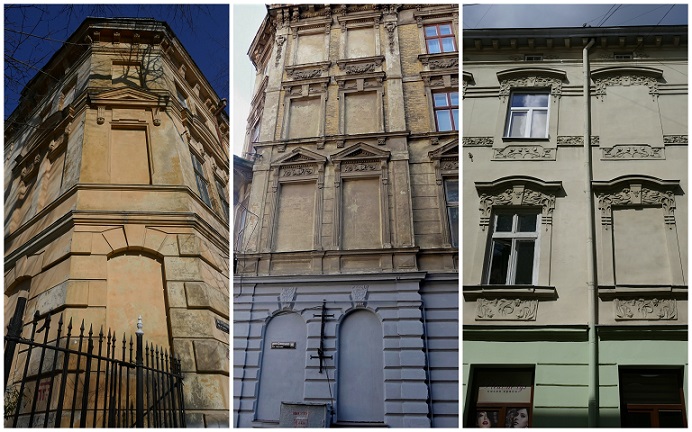
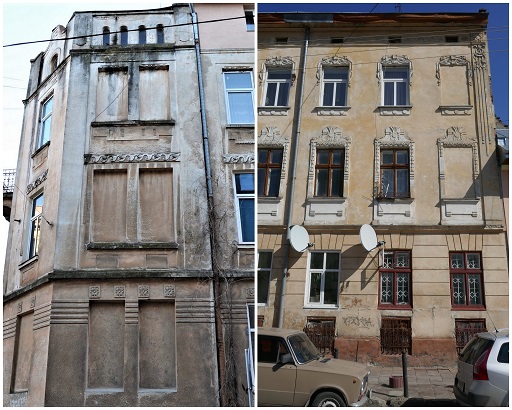

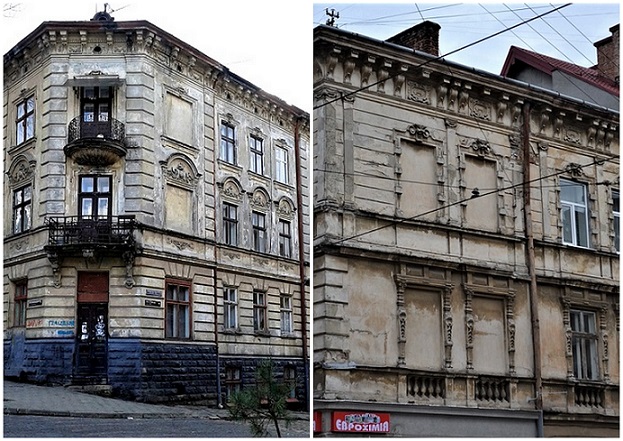

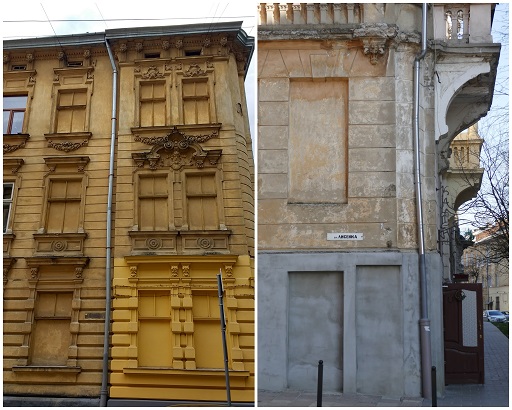



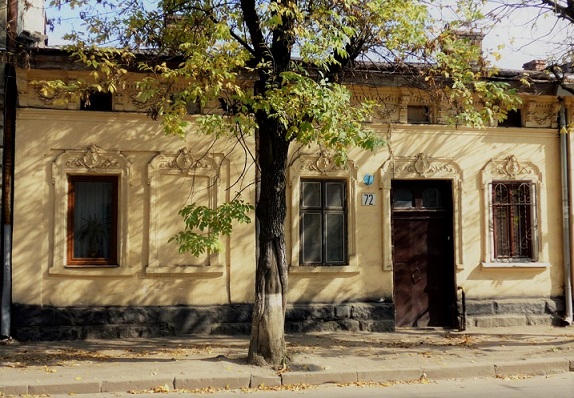
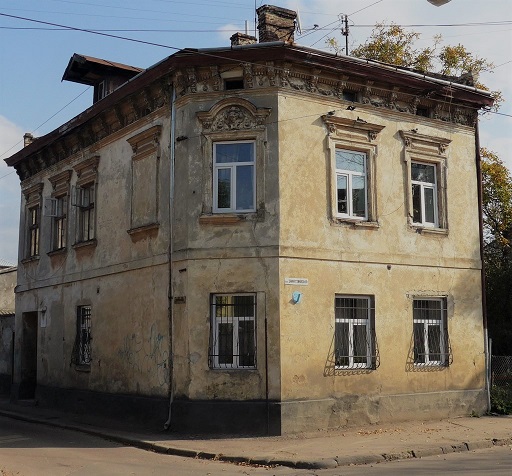
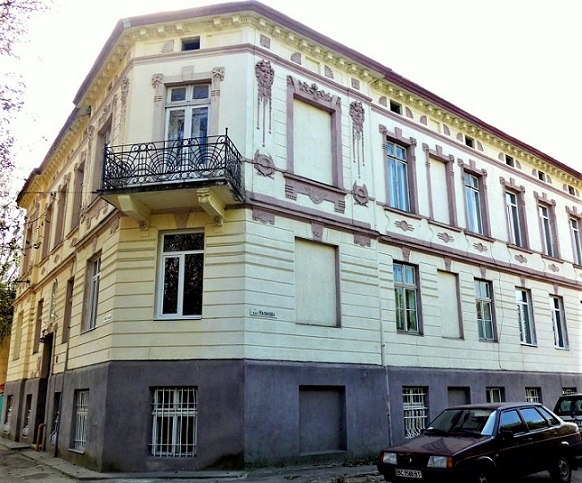
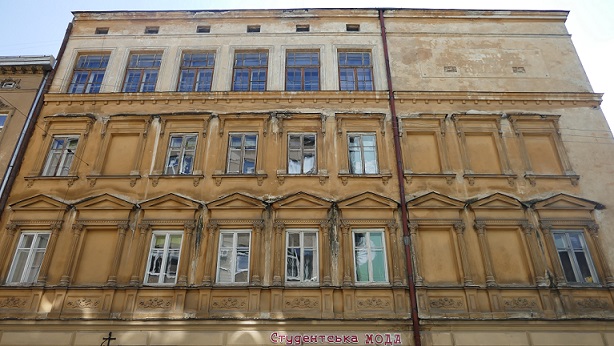
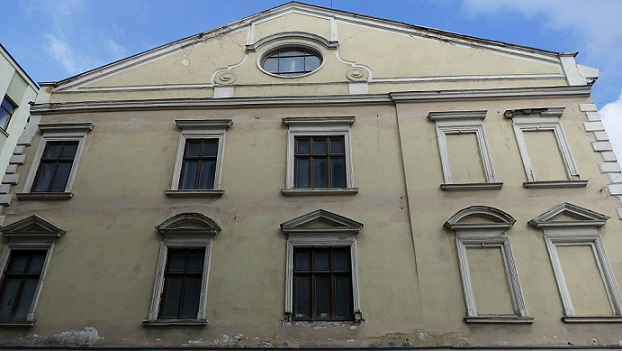

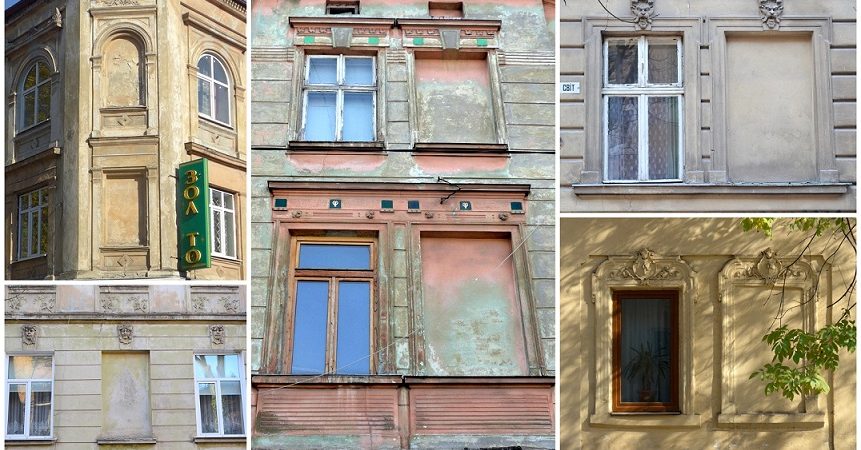




[…] is not in fact a window. This architectural feature is not unique to England, as illustrated in an article on blind windows in the city of Lviv in eastern […]